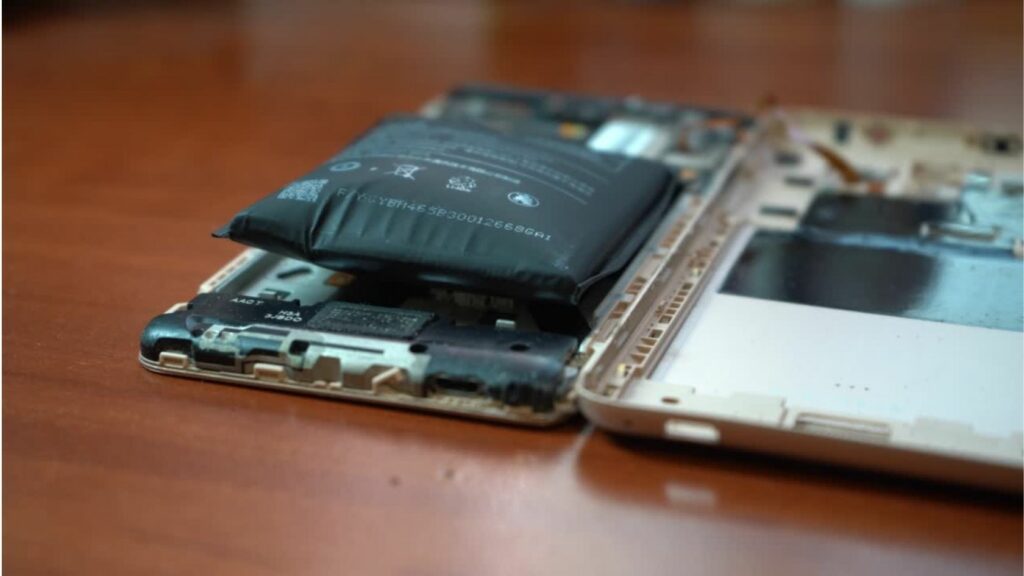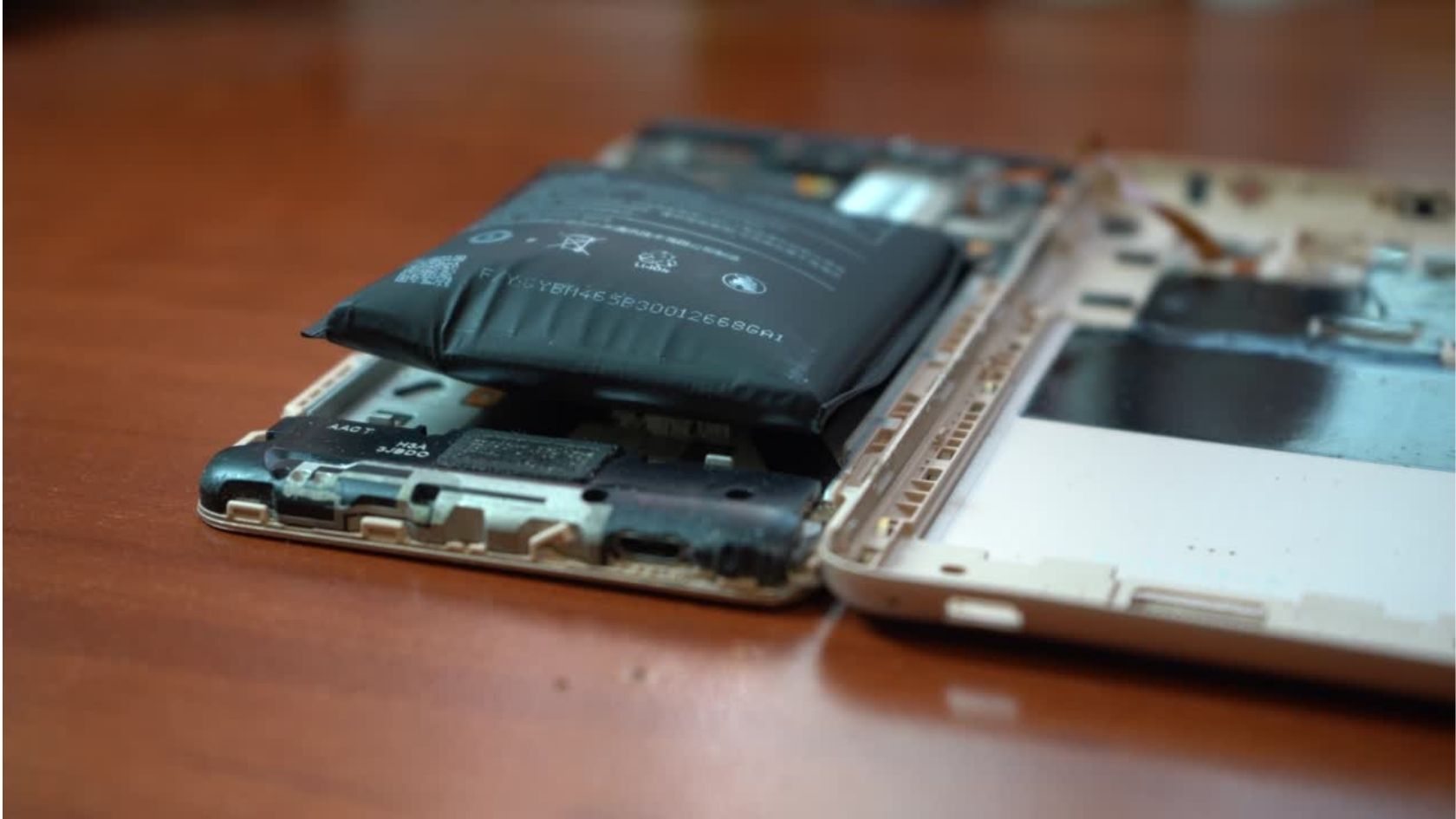Batteries are not only bad for the environment when we toss them in the trash, but they can be explosive. Varying types of batteries may need to be handled differently. Overall, if you’re an IT Director looking to dispose of batteries, be sure to know these five things about battery recycling.

- The risk of improperly disposed of batteries can be extremely dangerous. If lithium-ion batteries touch each other via their connectors, the risk of a fire is massive. Taping up the ends of these batteries is vital to keep them from touching one another. A swollen battery is most at risk of catching fire. This occurs because of excess gasses. Never throw these batteries away. Carefully place them in a container and take them to a specialized recycling facility to ensure proper disposal.
- Batteries can be recycled. While each battery is recycled differently, it’s important to reuse the materials rather than mine for new ones. Surprisingly, when mixed correctly, chemicals like sulfuric acid can be turned into water. Lead, cadmium, and mercury can negatively impact the environment if they aren’t recycled properly.
- Employees need to be educated on the proper disposal of batteries. An uninformed employee may try to release gas in a swollen battery, which could cause a fire or chemical burn. Additionally, by teaching employees how to recycle batteries, your company reduces its carbon footprint.
- Responsible recycling is vital. Reputable companies are so important when recycling batteries because non-certified companies may increase legal and/or environmental risks associated with improper disposal. Your existing ITAD company may be able to assist you. If not, it is likely that they will know of a company that they can refer you to!
- The legalities of recycling batteries tend to differ on a state-by-state basis. Arkansas, California, Connecticut, Hawaii, Indiana, Kentucky, Louisiana, Mississippi, New Mexico, North Carolina, New Hampshire, North Dakota, Pennsylvania, South Dakota, South Carolina, Texas, Utah, Virginia, Vermont, West Virginia, Wisconsin, and Wyoming, all have state-wide battery recycling requirements in effect. DC, Florida, Iowa, Maine, Maryland, Minnesota, New Jersey, and New York require the producers of batteries to offer or fund recycling.
If you have questions about how we can help you recycle batteries at Securis, please contact us here.


